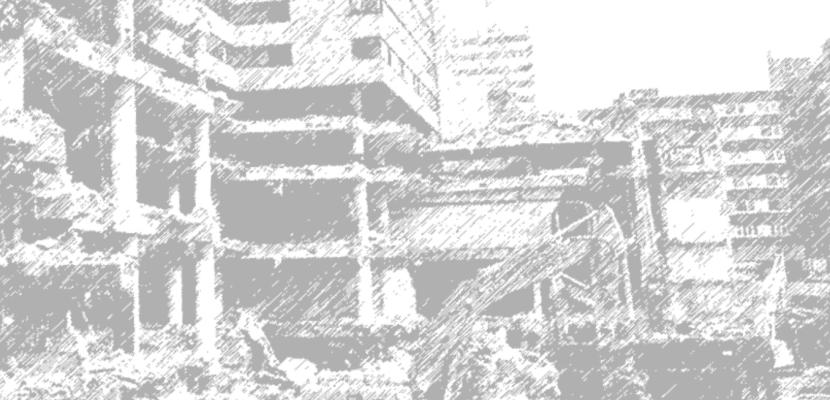
Pre-demolition Audits (PDA)

About this good practice
According to the Federal Statistical Office, construction and demolition waste accounted for more than 55 per cent of the waste generated nationwide in 2020. The Federal Environment Agency estimates the total amount of material used in Germany's building stock at 15 billion tonnes. These figures make it clear that the circular economy can do a lot to conserve resources and reduce CO2 emissions in the construction industry. The German institute for standardization has developed the DIN SPEC 91484 to close this gap and establish uniform and standardised processes in the industry to record building materials as a base to evaluate the potential for a high-quality reutilization prior to demolition and renovation work. The innovative method is characterised by its easy accessibility for all parties involved, is universal and uncomplicated to use and can therefore find its way directly to the construction site and be seamlessly integrated there. By involving stakeholders from the construction project, inspection, assessment, databases, dismantling and reprocessing, high quality data on material flows in the built environment can be generated and more material reuse is possible.
Expert opinion
Resources needed
The DIN SPEC was developed in the DIN Standards Committee for Construction (DIN-Normenausschuss Bauwesen NABau) under the involvement of Hamburg partners of the Horizon project CIRCuIT.
Evidence of success
As consortium leader of the DIN SPEC process, the start-up company Concular was the initiator of DIN SPEC 91484. According to its own information, it has already implemented what was developed in this DIN SPEC in more than 250 projects. The projects implemented relate to both public and private construction projects.
The City of Hamburg is currently investigating the introduction of Pre-Demolition Audits (PDA) for the demolition of public buildings, based on this DIN SPEC.
Potential for learning or transfer
Due to the fact, that current practices don’t necessarily require conducting a PDA, the reuse potential of building materials is not being fully utilised. Therefore, this good practice may inspire and support to incorporate the PDA into future construction processes. This method enables the recording of the reuse potential of building products for all participants in the value chain. It might serve as an aid for legislators when drafting new regulations and as a standardised depth of data on construction products for the private sector. The aim is to facilitate and optimise the recording of materials in the future by using digital tools.
